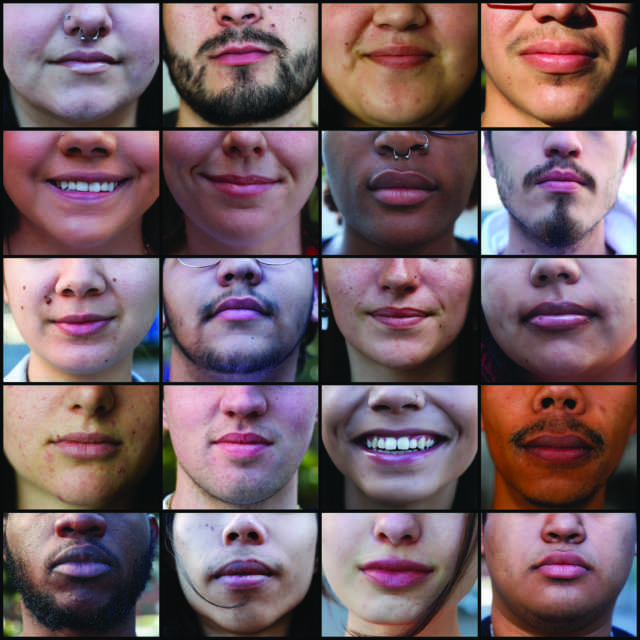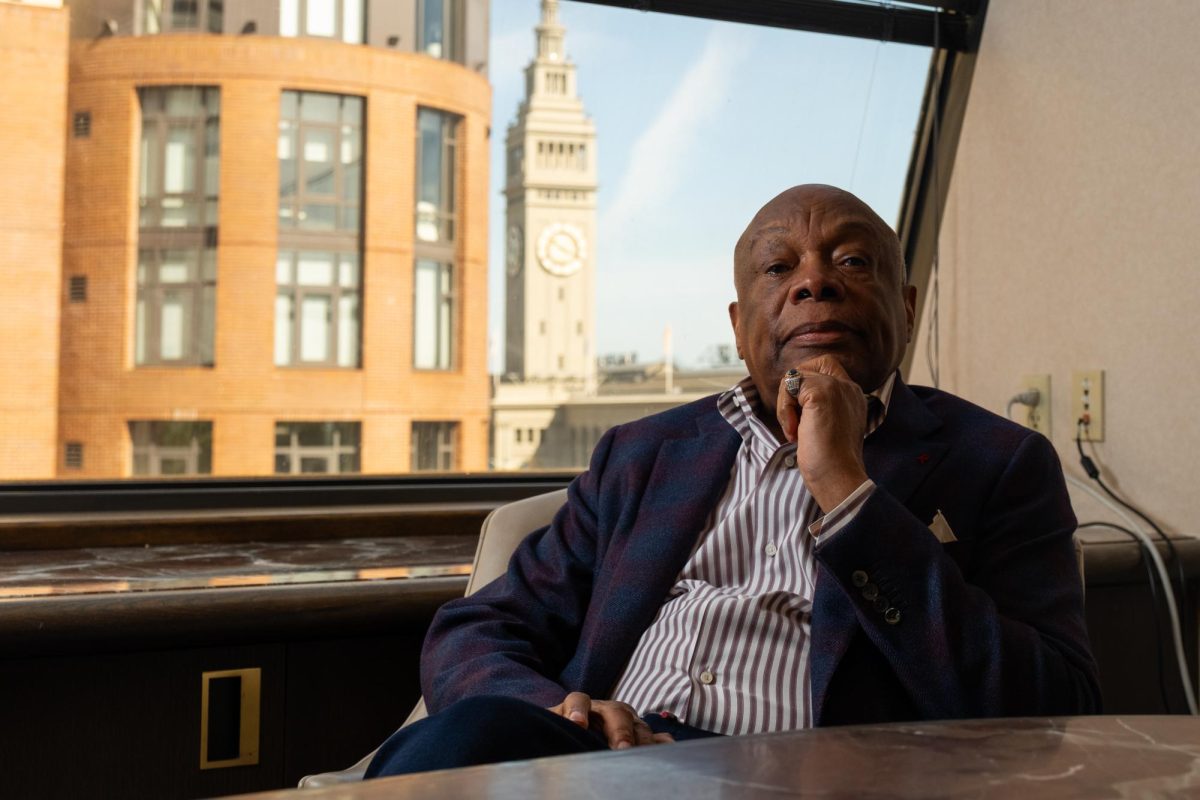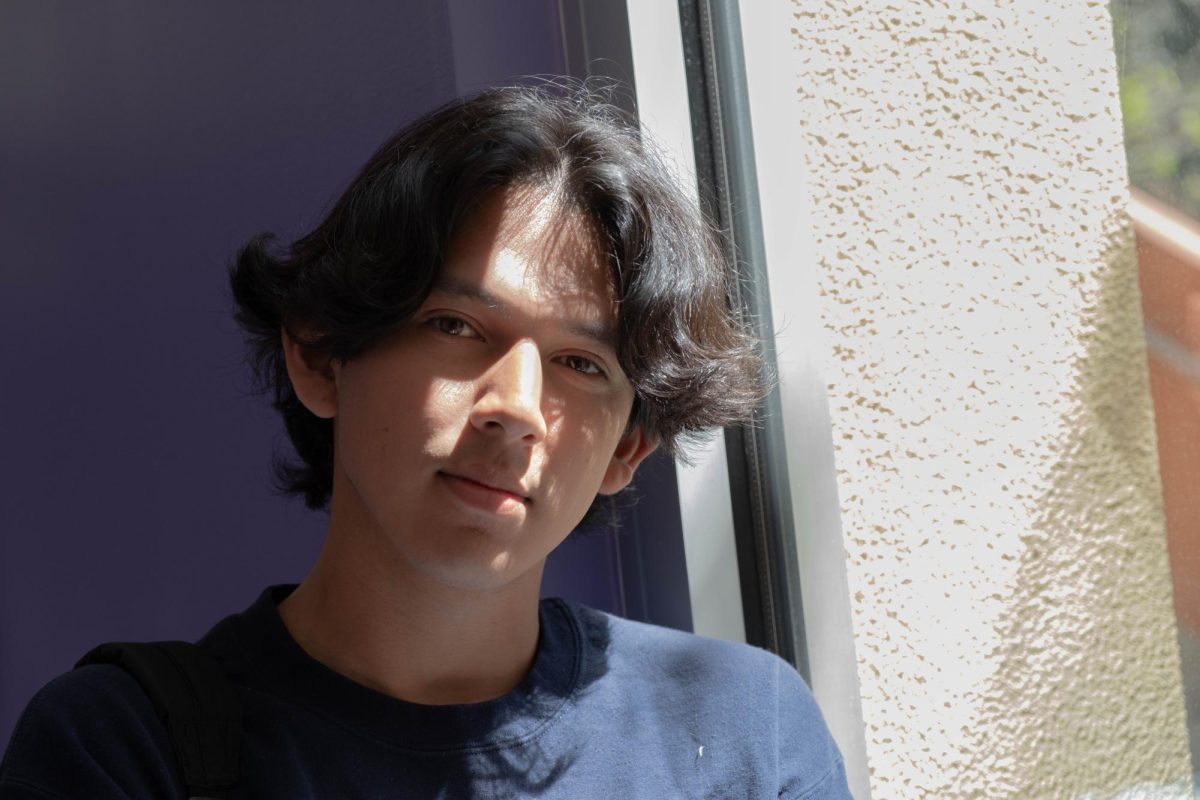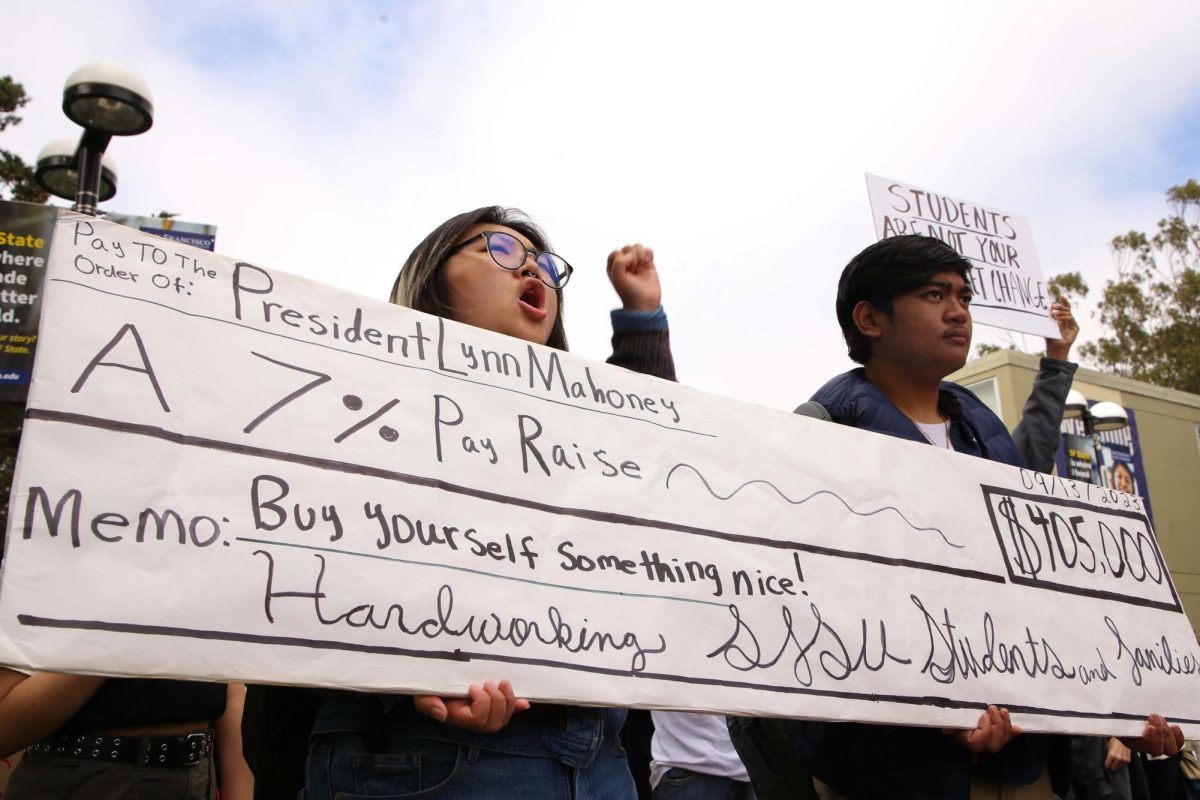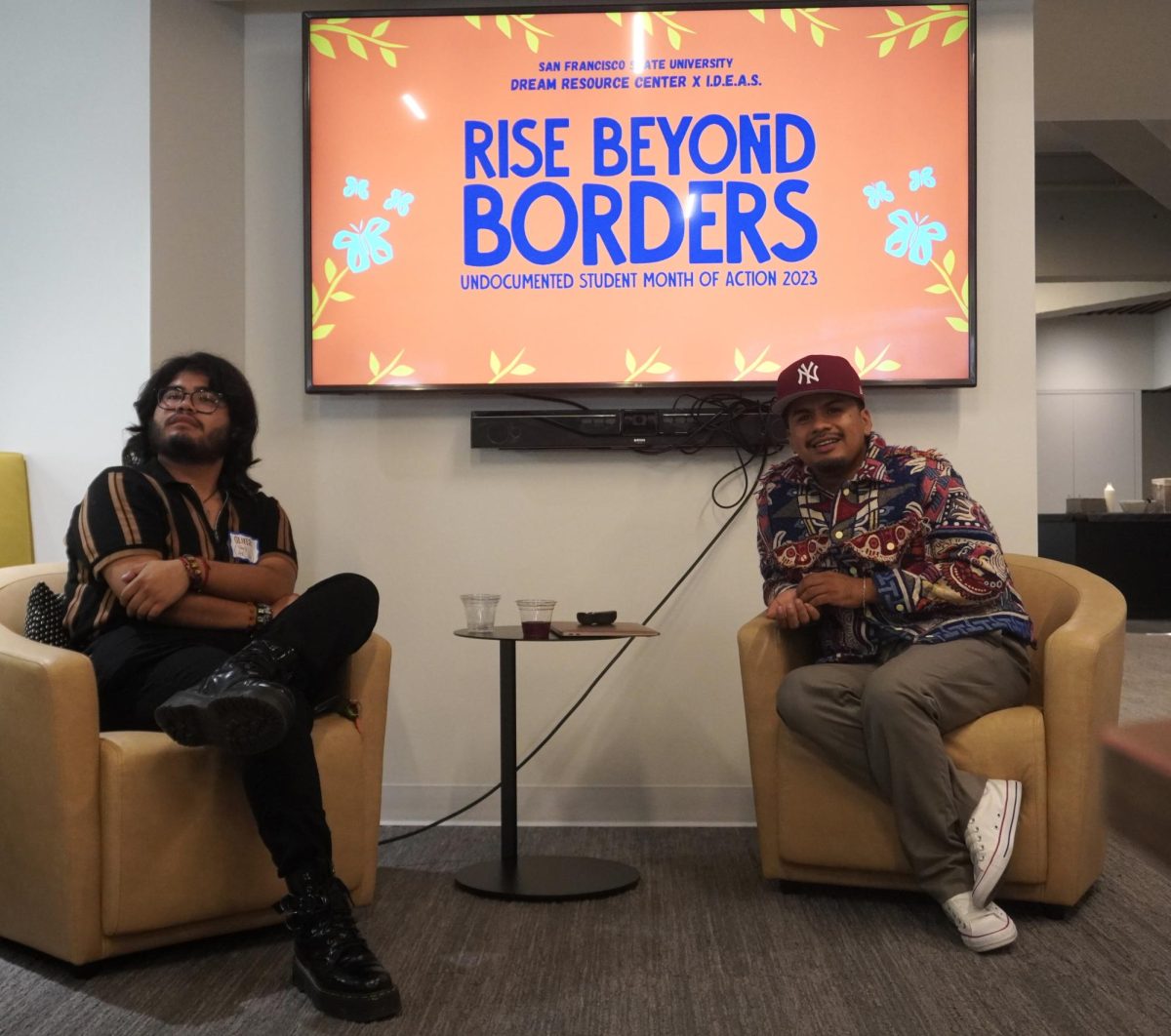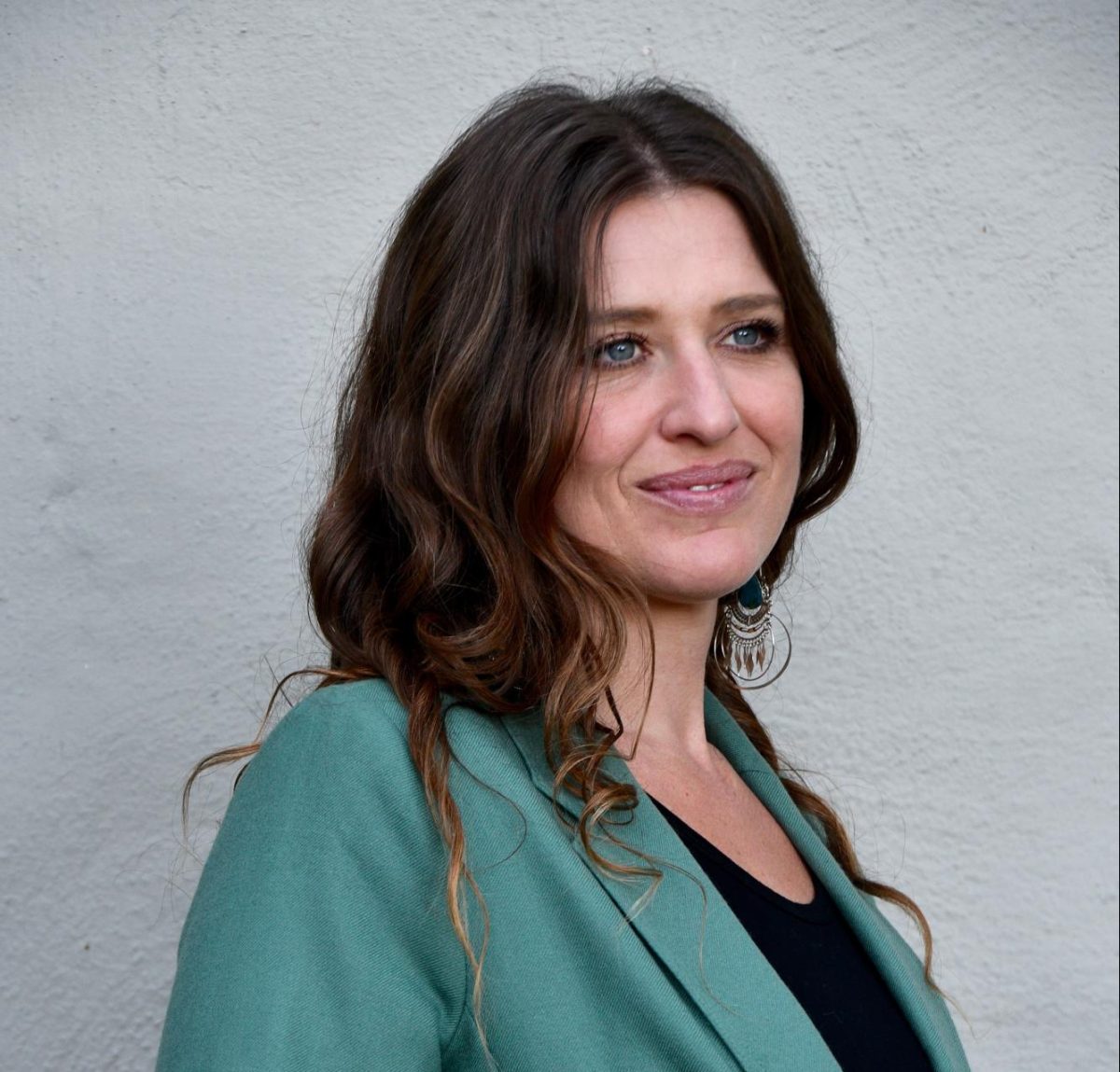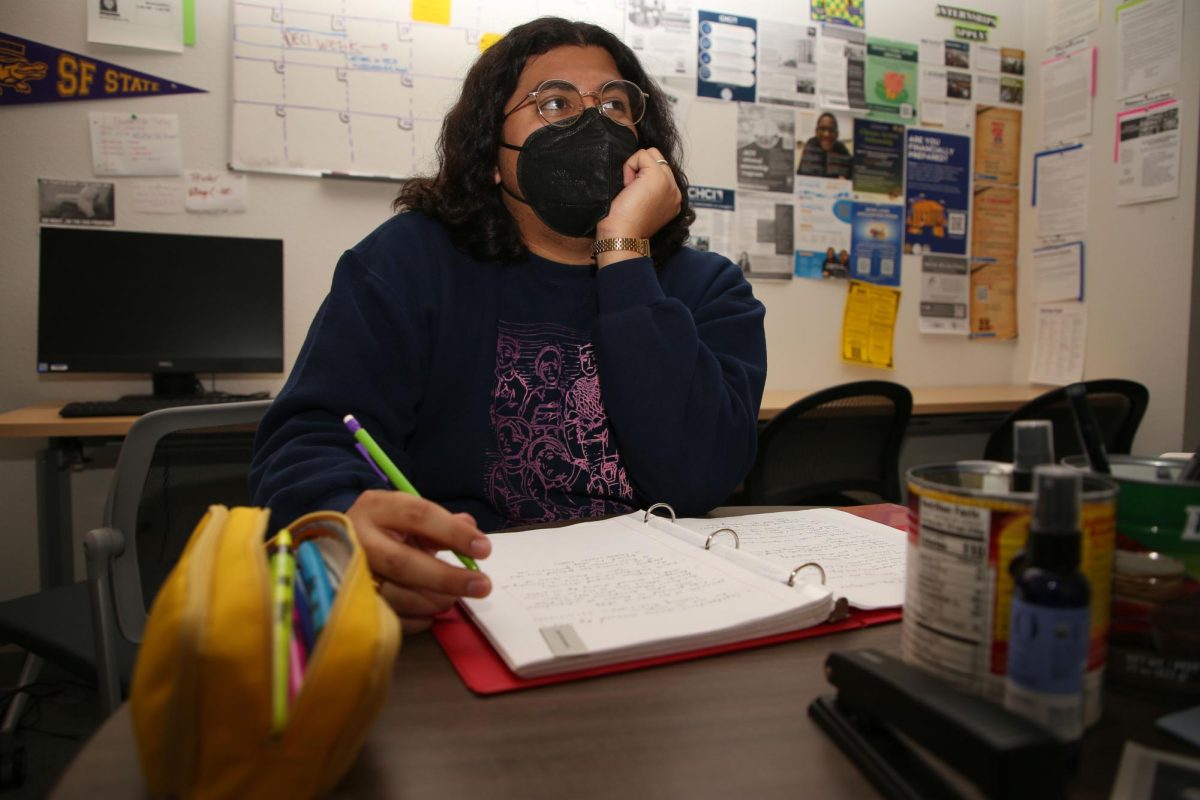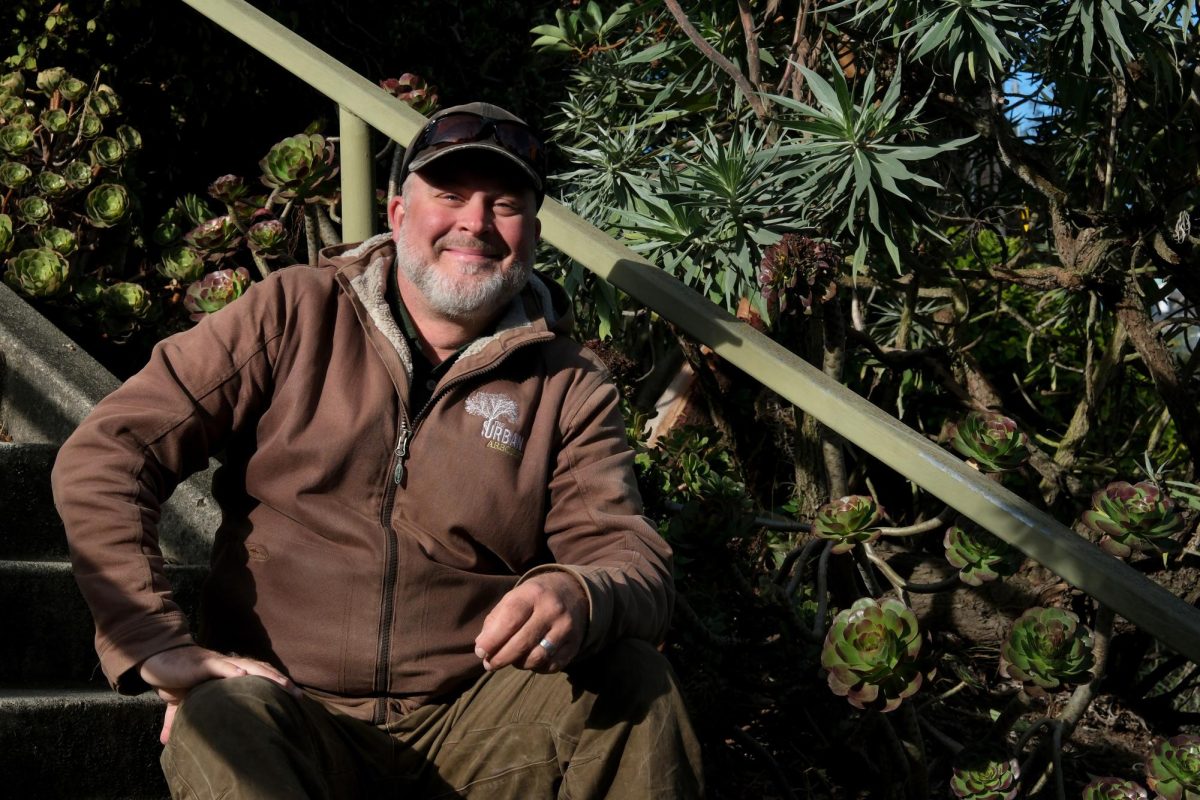More than a cluster of words or a set of grammatical rules, a language is a flash of the human spirit, the filter through which the soul of each particular culture reaches into the material world. A language is as divine and mysterious as a living creature. –Wade Davis
An act of decolonization is what Rocio Pacheco calls it.
“It’s an act of self love, learning your language,” she suggests. “Even though, what’s the point? There’s no money, you’re not gonna find a job because you speak Nahuatl.”
Rocio’s right: What is the point of learning a dying language? Dying. Or, as others would say, endangered. As if these languages are beings themselves, trickling off the edge of our world one by one, with little hope in resuscitation.
Nahuatl is a language that originates in what is today Mexico, but what was once Aztec land. Although its speakers breach a million today, the numbers are dwindling. Fast. Rocio is one of the few applying jump-start cables to a language on its last breath.
“It’s still stigmatized and people don’t see a lot of opportunities coming out of it,” explains Rocio, her voice passionate and quick. She describes her father’s sadness over never learning Nahuatl—learning an indigenous language is “looked down upon” where he’s from in Oaxaca, Mexico.
Currently, there are approximately seven thousand languages spoken worldwide. Of those, “3,660—that is, more than half of now living languages—are currently threatened, endangered, moribund, or nearly extinct,” says linguistics discussion, Language documentation twenty-five years on by Frank Seifart, Nicholas Evans, Harald Hammarstrom, and Stephen C. Levinson. Moribund meaning the language is no longer being taught to children. The majority population of Earth only speaks thirty of those languages.

Anthropologist Wade Davis found that a different language goes extinct every two weeks. Two a month. Twenty-six a year. It is estimated that by the year 2100, half of the world’s languages will no longer exist.
On January 19, 2019, the United Nations declared 2019 the International Year of Indigenous Languages in order to call attention to this mass extinction.
But when we lose a language, it’s not just the words that disappears from our world. It’s not just symbols typed on a keyboard, written in ink, carved into a tablet.
“We’ve lost so much about what it is to be human,” expresses SF State anthropology lecturer, Niccolo Caldararo. He sits in his small office, walls lined with maps from all over the world, and speaks softly, with intent. “It’s very hard to have an identity, a group identity, without having the language. When our brains start to increase in size, back during Homo habilis more than two million years ago, we see that in the impressions of those brains, there’s already Broca’s area, which is the area of language acquisition. It may be that the reason that we got big brains was so we could communicate differently using different language and different concepts. That creation of worlds is something about being human.”
On his desk sits stacks and stacks of papers, and one book: When Languages Die by K. David Harrison. Dr. Caldararo describes how in the book, Harrison discusses languages from twenty thousand years ago that have no contemporary links, and so are indecipherable. An entire people’s language—stories, laws, books, letters—indecipherable. We’re in the midst of this happening to a new language every two weeks. What it is to be human, gone.
“Looking around the globe,” writes Harrison in When Languages Die. “We see populations of people shifting en masse from speaking the language of their parents to speaking something else. As people exchange an ancestral tongue for the dominant language of their countries, they become culturally assimilated, linguistically homogenized.”
In the center of downtown Berkeley, California, Ayleng Giang sits at a metal table, bare-faced and speaking over the sound of a saxophone playing outside the BART station on a Sunday afternoon. Ayleng is half-Mien, a small, hill-tribe culture from China, but now is mainly throughout Laos, Thailand, and Vietnam. She has never learned their language.
“When I was little my parents were trying to teach me,” Ayleng states. But being half-Mien and half-Chinese, her parents attempted to teach her both languages, on top of English. The confusion broke her down: “One time I said something in Mien to my Chinese grandmother and she was like, ‘I don’t understand what you’re saying,’ and I got really embarrassed! So I’m not gonna learn either of them, I’m just gonna speak English.”
That frustration and decision to stick with English is the symptom of a much larger systematic problem here: assimilation. In coming to America—or any major-language speaking country—people are giving up their languages, and by extension their culture, in order to accommodate to our way of life.
“I see as more generations are being born in America, it’s kind of trickling out,” says Ayleng. “Especially if they’re not from a community where there’s a lot of Mien people.”
Without an exact count, it is estimated by the Endangered Languages Project that there are between one thousand and ten thousand Mien speakers left on this planet. Ayleng suspects most of those speakers are still in Laos, Vietnam, and Thailand, not America. Here, it’s cultural assimilation and language homogenization, just as Harrison said.
Dr. Caldararo’s mother was an immigrant to America from Portugal, and yet, she did not teach him Portuguese. That generation wanted their children to integrate into American society without accents, he describes.
“That was my father’s family’s experience too,” he recalls of his parents. “It was okay to have a New York accent or Brooklyn or whatever, but it was not good to have an ethnic accent in America. And I think that that has affected all immigrant groups that come here—that you want to assimilate. That if you have an accent, it identifies you as an outsider.”
Lena Herzog is an artistic warrior at the center of the language battlefield. For the past twenty years, she’s dedicated herself to creating Last Whispers, Oratorio for Vanishing Voices, Collapsing Universes, and a Falling Tree—a four-dimensional (being forty-six minutes, it is dimensional in time and space) oratorio centered on language extinction. What began as listening to endangered languages in a photographer’s darkroom turned into a breathtaking project composed of the voices of endangered and extinct languages. From her perspective, the majority of languages will be silenced much sooner than most think.
“Some people say half a century,” she exhales from halfway across the world, as Last Whispers just finished its run in Geneva, Switzerland. “It all depends on climate change, of course. Because people abandon their place of origin and they go into other areas just because their crops don’t grow anymore, because their place is flooded, and then they get absorbed into dominant culture nearby.”
Climate change was such an overwhelming factor for Lena, that she implemented catastrophic climate events as the basis of her map in Last Whispers; the map that displays each at risk, endangered, severely endangered, dormant, and awakening language on the planet, fixated as glowing dots above a bleak Earth.
“I have to say that the unsung heroes in this case are the linguists who work in the field,” Lena declares through her striking Russian accent. “There are very few of them, probably give or take a few dozen, it’s about five hundred people in the world who are actually professional linguists of endangered languages.”
In her office at SF State, Clare Sandy sits at her desk in the linguistics department. She’s a lecturer here now, but is also one of the linguists Lena just praised.
“I believe that language is a human right,” Dr. Sandy asserts, with a gentleness in her voice that should not be mistaken as apathy. “Throughout time, languages come and go, languages change, languages die. But what’s happening right now in the last century is really, really extreme, accelerating loss of languages.”
She has worked in-depth on language endangerment, particularly with the Omagua people of the Peruvian Amazon and the Kuryk language of Northern California, the latter of which she has hung the language’s alphabet on her office wall. While assimilation and climate change are huge factors, Dr. Sandy says they’re not the only ones slaughtering speech.
“Another pressure is economic pressure—people want to speak a majority language, which is totally reasonable,” she suggests. “There’s this idea that you can’t speak more than one language or somehow it’s a disadvantage to also speak your home language, which doesn’t really seem to be worn out.”
Rocio grew up learning two languages: English and Spanish. But when she got to college at SF State, she began questioning why Nahuatl was always left out of the narrative.
“I feel like a lot was getting lost in translation,” she mentions. Rocio decided to become the translator herself and learn a bit of Nahuatl, alongside others at SF State who shared the same sentiment. The idea turned itself into its own club—Nahuatl Tlahtocan, dedicated to learning the Nahuatl language and culture.
“With learning a language comes learning a culture and history,” she describes of her time involved. “With the language comes a library of knowledge, and it’s a perspective and a lens into another time period and world.”
Another member of Nahuatl Tlahtocan, Alexis Manzanilla remembers her first time learning of Nahuatl was when her dad would read her children’s books with Nahuatl words in them as a kid.
“My middle name is Xochitl, which means flower in Nahuatl,” explains Alexis, smiling beneath her brown curly hair. “So because it’s in my name, I feel like it’s ingrained in me and part of my duty to learn about the culture, and preserve the language.”
In the case for dying languages, cultures are at stake too. In fact, it’s difficult to even separate the two.
“The language is the vehicle,” explains Dr. Caldararo, fervor in his speech as he leans back in his desk chair. “Once it dies, once it has no speakers, everything’s lost.”
For those dedicating time to saving Nahuatl, learning the language means learning about their history, about their ancestors way of life.
“Just like when you learn Spanish, French, or some other language, there’s certain words that you learn that there’s no direct translation of in English,” Alexis says, sure to get her words right of what she now describes a sort of non-religious religion for her. “The language totally embodies the culture by how many different meanings they have for different things and specific feelings and grammar.”
As a linguist, Dr. Sandy is dedicated to preserving such semantics of dying languages. What’s lost in translation is hopefully found through a linguist. Working in a community, linguists document all the internal systems of a language to create a sort of record. But to be clear, it’s her job to document a language, not to save it. That responsibility lies in the hands of a language’s people, she says.
Although Lena agrees, she believes there must be another factor involved:
“Power has to meet it, and it has to not just pretend to allow it, it has to really give it space, give it funds. And for that, our general value has to be that we welcome the idea that our family, our human family, is various. That there are so many voices in it.”
When those two factors collide, saving a language is feasible. Rocio and Alexis are a part of that process now. What it is to be human, hanging on by a thread.
“It’s given me such a greater sense of identity and something that I didn’t know was missing from me,” conveys Alexis. And although she’s not fluent quite yet, she believes herself to be a lifetime learner of Nahuatl. “It has established indigeneity as part of my identity.”
Identity can be so intertwined with a specific language. When the language dies, does that die too?
In advocacy for variousness in vernacular, Dr. Sandy refutes any theory that our world would have more peace if everyone could just understand each other.
“That doesn’t really work because there’s plenty of wars that take place between people who speak the same language,” points out Dr. Sandy as she brings up one attempt at a universal language: Esperanto. “I heard of it almost like a joke, but people really do speak it. It’s a constructed language, so people made it up out of bits and pieces of other languages.”
At the International Cafe on Haight Street in San Francisco, sits men of three different generations: one elder, one middle-aged, one young. In the middle of them, placed high so the whole cafe can see, is the green and white flag of Esperanto—the language’s flag, since no, there is not an official land for them.
Each came into learning Esperanto in different ways; one by browsing the internet, another from a brochure in a Tai Chi class, the third from an article in the East Bay Express. It’s not surprising that none of them learned of Esperanto the way people normally do—through family members, international travel, or high school Spanish class. Because this is not a normal language, and its loyal speakers deny any accusations of Esperanto homogenizing our tongues.
“That is absolutely not true,” declares Charlie Galvin, the middle-aged man and longest Esperanto speaker of the three. “Esperanto is a window for those languages and cultures to reach out to a wider audience, because people who speak those languages can translate things into Esperanto and preserve their legends and things like that.”
Sure, indigenous communities could translate their language into Esperanto. And Charlie argues that Esperanto is the neutral choice for translation, not having the ties of colonization and oppression like English or French. The three men go on to defend their constructed language, speaking of Esperantists desire to preserve dying languages, about indigenous stories that have been translated into Esperanto, of articles in their monthly magazine, Monato.
“The title of an opinion piece here is A Monolingual, Monocultural, Monochrome World? No Thanks,” voices the youngest of the bunch, Kinen Carvala, translating the title from Esperanto to English. “Having a common language doesn’t mean there has to be only that language.”
Esperanto was invented by a Jewish man in Poland in the late nineteenth century with the idea that if everyone could understand each other, the world would have more peace. The irony of this “universal” language is that was constructed of only European languages. Perhaps that peace is easier found for a Frenchman than an indigenous one.
“Even if you have a universal language, separated people end up have their own differences and dialects,” argues Dr. Sandy. “So it’s almost like we need to speak differently from other people.”
A need that’s dying every two weeks.
“If the worlds are vanishing all around you and you don’t know it, does it matter?” Lena ponders this, as she compares the question to the age old philosophical anecdote: if a tree falls in a forest and no one’s around to hear it, does it make a sound? “I wanted to create something for them to really care. To really hear it—not just to listen to it but to really hear and to make them real for these people.”
These people: the ones who wonder if any of this really matters. If entire languages, and by extension entire cultures, matter. Last Whispers is Lena’s pursuit at discovering how humane humans really are toward one another. In addition to voices, the oratorio features actual sounds of trees falling and of supernovas, which are when stars explode and universes are destroyed.
“I found them hauntingly beautiful, these voices,” Lena describes, with a sigh in the hopes that others feel the same. “It was a selfish thing. I wanted to hold on to them.”
If Lena’s act of selfishness saves even one language, perhaps the world ought to be a bit more selfish.


